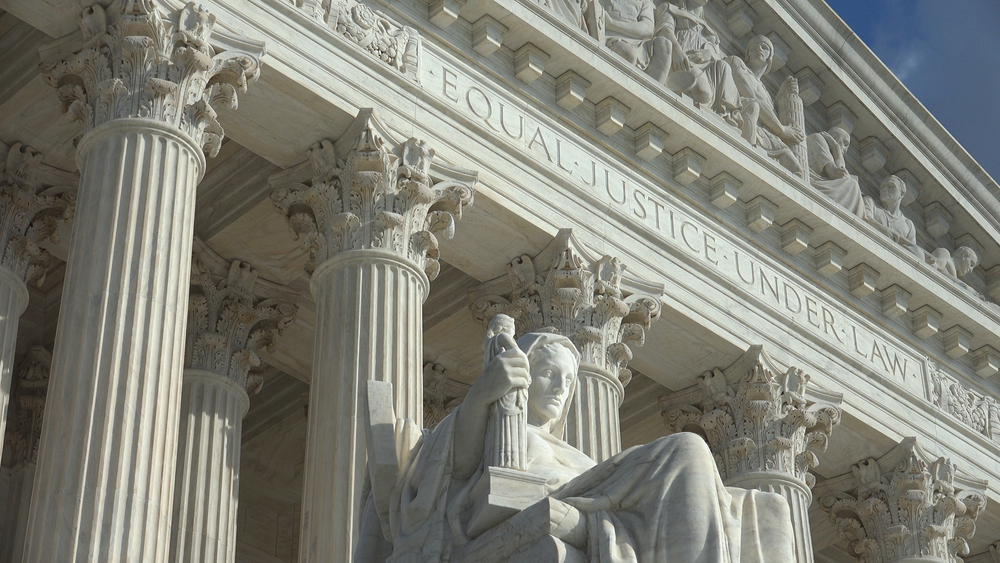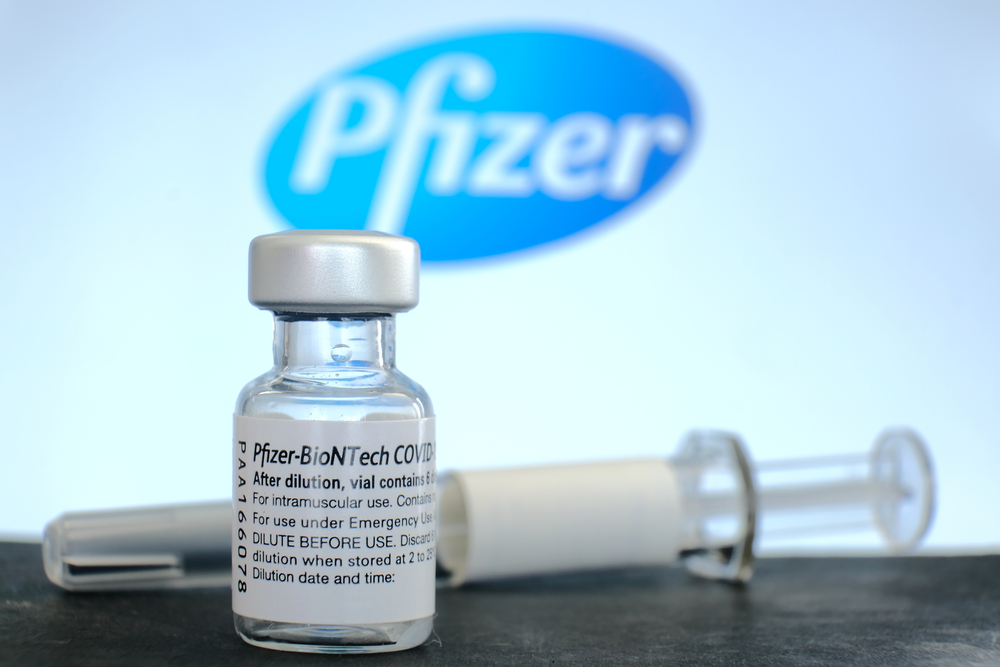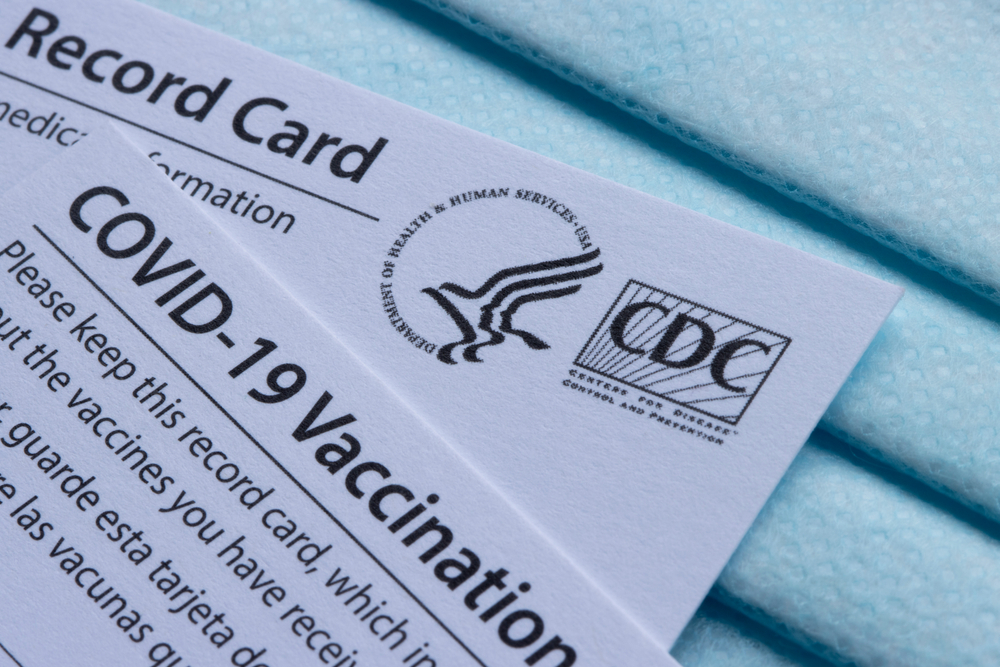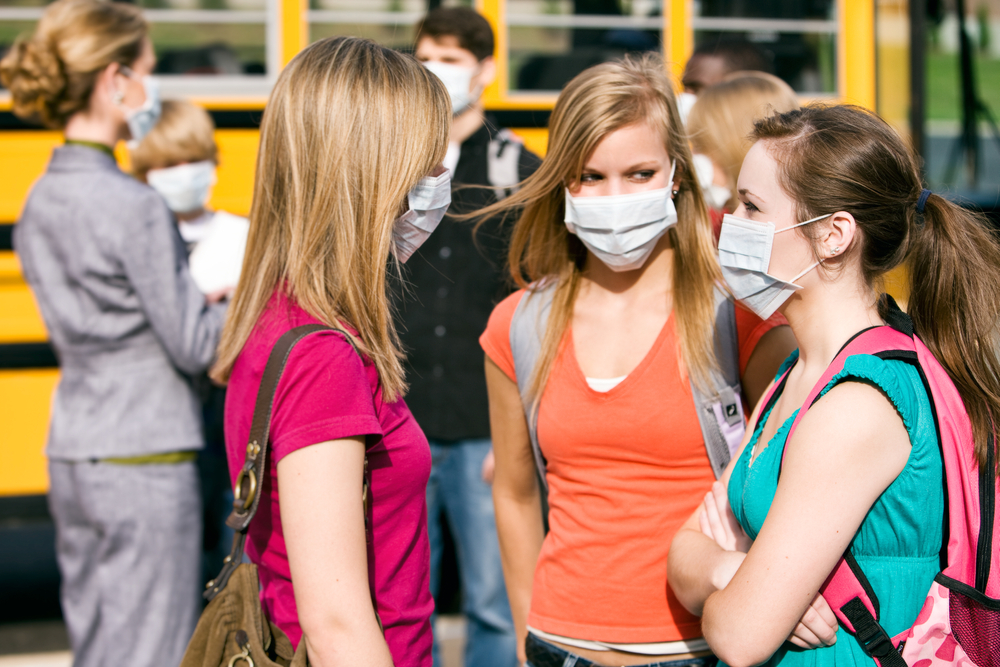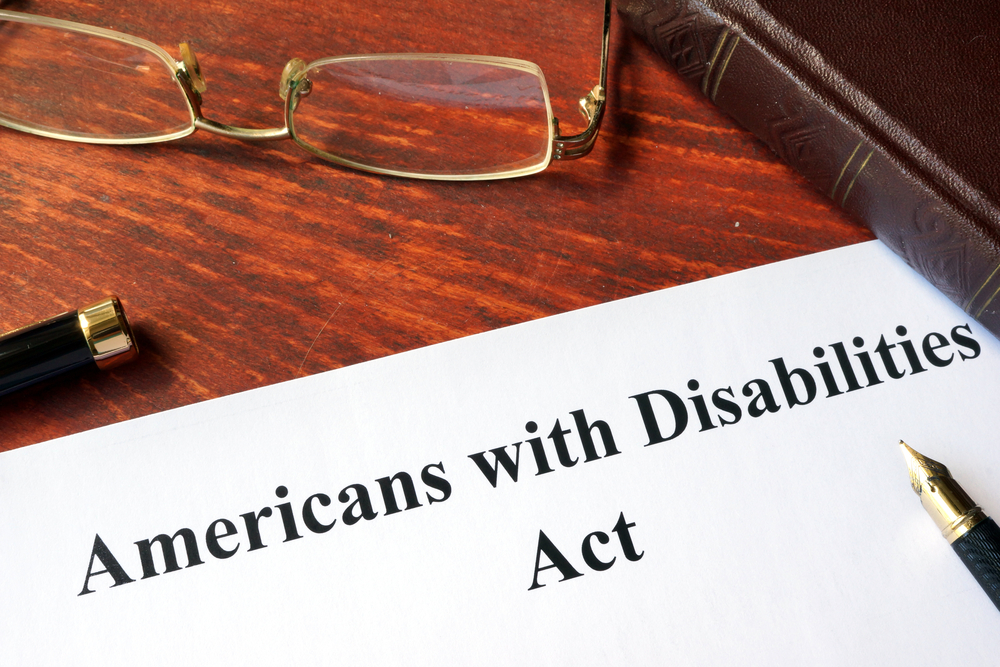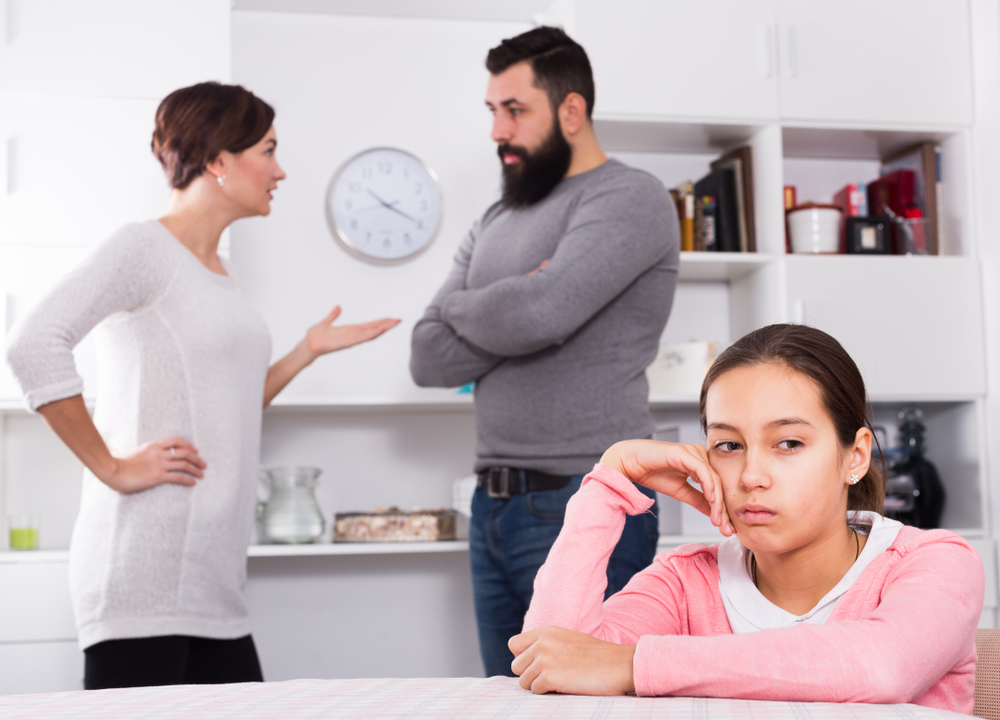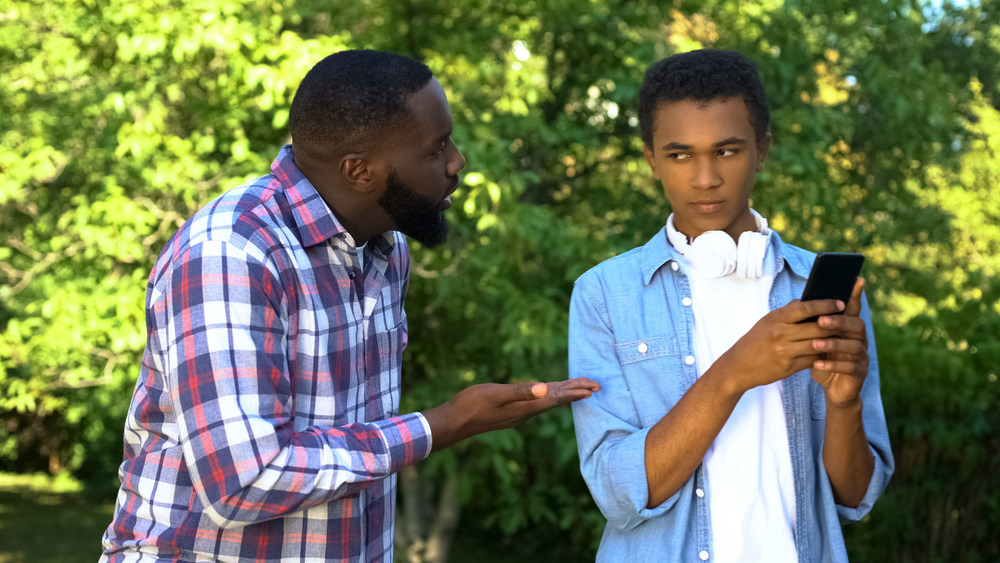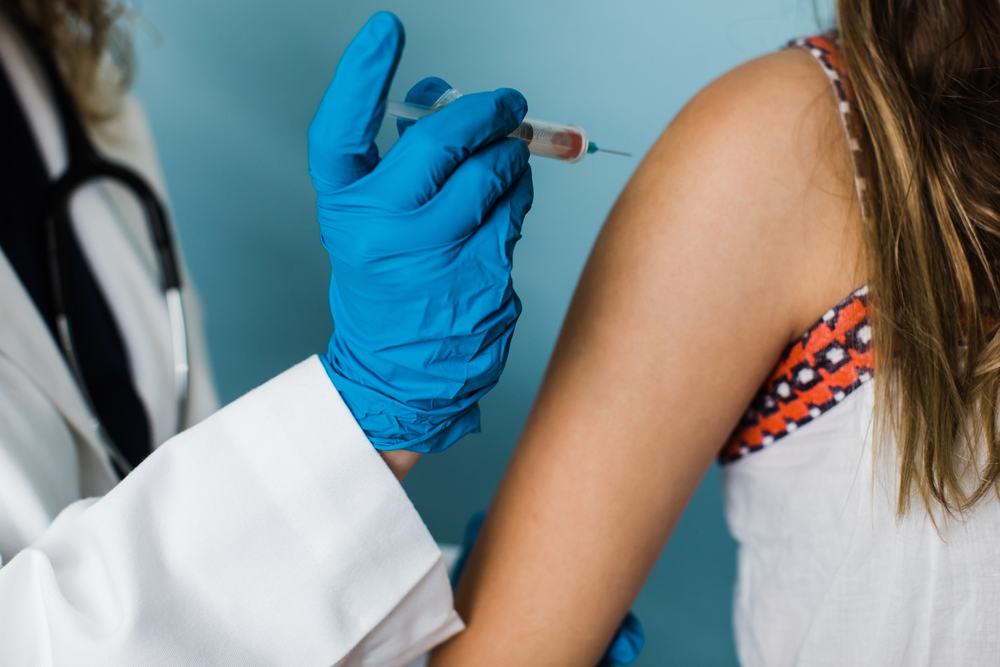Florida teachers sue state over school reopening
With the lives of children, their teachers, and their families at stake, it is inevitable that the national controversy about how to reopen schools would end up in the courts.
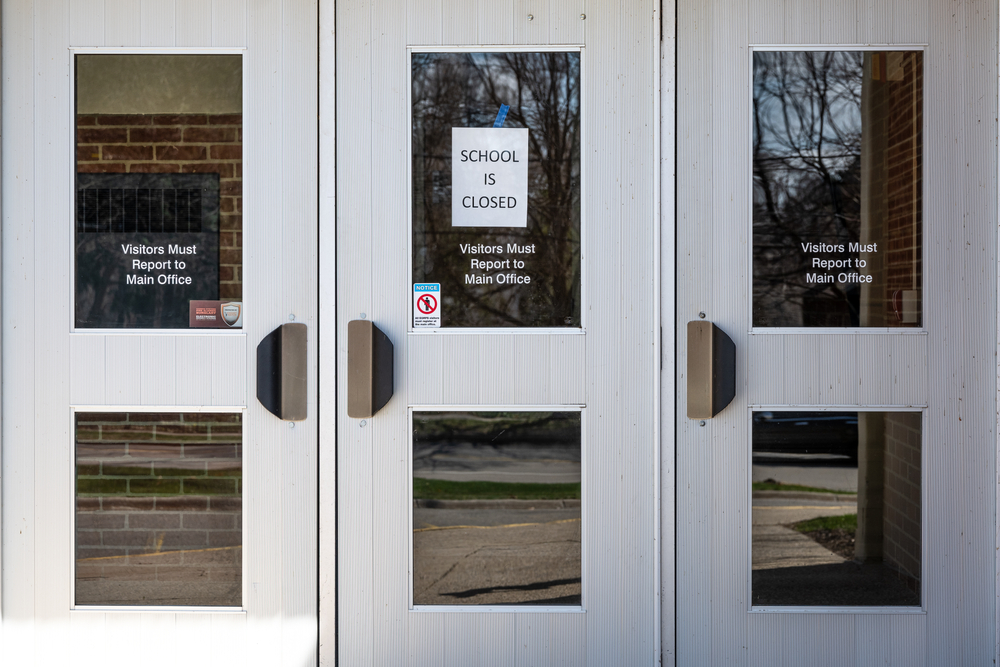
It also seems inevitable that politically contentious Florida, now one of the nation’s more virulent coronavirus hot spots, would become the first venue in a far-reaching legal dispute.
The Florida Education Association’s recent lawsuit against Florida’s governor, commissioner of education, the state’s Department of Education, the state Board of Education and the mayor of Miami-Dade County has already drawn national support.
Both the national and state chapters of the NAACP have formally joined the suit, according to the FEA.
The lawsuit claims the state’s requirement that all brick and mortar schools reopen for students who wish to attend is unconstitutional.
“Everyone wants schools to reopen, but we don’t want to begin in-person teaching, face an explosion of cases and sickness, then be forced to return to distance learning,’’ FEA President Federik Ingram said. “Florida’s Constitution demands that public schools be safe. Teachers and parents want our schools to meet that basic standard.”
The teachers’ union is asking for “emergency relief” from the court that would prevent the state from requiring in-person schooling without ensuring that class sizes are reduced and teachers have adequate protective supplies.
RELATED: Supreme Court ruling on religious schools has broad implications
RELATED: Coronavirus, legal issues change landscape for college boards
At issue is Article IX of the Florida Constitution that requires schools to be “safe” and “secure.’’ The teachers’ union says the state has “infringed upon this mandate,” in part, by “ignoring the CDC guidelines” for steps required to safely open schools.
“The spread of COVID-19 that will result from the unsafe reopening of schools during the surge is not limited to students, teachers, school administrators, or school staff and will undoubtedly spread to their families and communities,” the lawsuit states.
Specifically, the teachers’ union is asking for declaratory judgments that the state and its officials violated the Constitution and made “arbitrary and capricious demands” on the state’s schools. They seek a court injunction that would require the state to develop and implement an online instruction plan and make internet connectivity and computers available to all students.
“No one wants to be back in the classroom with students more than educators, but we must do so only if we can ensure it is done in a safe way,” said Lily Eskelsen García, president of the National Education Association, adding that this “rush to reopen” puts “students, educators and communities at risk.’’
Even more bluntly, Randi Weingarten, president of the national American Federation of Teachers, says the state’s effort to force schools to open all brick-and mortar classrooms in August “ignores science, safety and basic humanity.”
The three organizations collectively represent millions of teachers and education professionals across the country.
According to the NEA, “The jury is out on the risk of long-term damage to children who contract the virus. Evidence mounts, however, that older students can spread the disease. A large new study from South Korea finds that kids between the ages of 10 and 19 can spread the virus at least as well as adults do.”
Teachers and parents worry about exposure to COVID-19
Most school districts in Florida are planning to offer parents options for their children, ranging from regular, face-to-face learning in the classroom to full distance learning via the internet. But for teachers there are few options as they are expected to be in the classroom to teach their returning students.
Hillsborough County second-grade teacher Elyse Buckley said she is anxious about the dangers she may face in returning to her classroom. She particularly worries that she could catch the virus from her students and then infect her parents, who live nearby, have health conditions and are in their 60s.
The alternative, she says, is to leave teaching but that, too, is scary.
“I keep wondering if I quit my job, how I would handle that. I don’t have a ton of savings and need to be able to pay the rent on my apartment.
“I feel voiceless. The most positive, conscientious, and caring thing for the School Board to do now for everyone is to open with distance learning and then reevaluate when things get better,” Buckley said.
The Hillsborough County School Board last week left the door open for just such a solution when it voted to delay the reopening of schools until Aug. 24 and approved a plan demanded by the state for reopening schools. But it also said it would meet again in two weeks to hear from a panel of medical experts to determine if brick and mortar schools are safe to open. A majority of board members made clear that if coronavirus cases do not diminish in that time, they are likely to vote for an all-virtual school opening.
The 53-page Hillsborough County school reopening plan calls for parents to have options in deciding what is best for their children: traditional classroom instruction; structured school-based online e-learning; or a completely virtual online and self-paced instructional program. It also describes the safety protocols schools will follow to reduce the chance of spreading the coronavirus.
Even Florida Senator and former Governor Rick Scott admitted in a Fox Business Network interview that his grandchildren will be learning at home and will not attend in-person classes. He stressed however that he favors schools reopening if parents have choices that meet their “different needs.”
Several teachers and parents who joined the FEA lawsuit fear that being forced to return to the classroom in August would have potentially devastating personal consequences.
- Stefanie Beth Miller, a second-grade teacher in Broward County, spent two months in the hospital and 21 days on a respirator after contracting COVID-19 and is engaged in continuing post-infection therapy.
- Orange County middle school educator Ladara Royal has an auto-immune disease that puts him at great risk of contracting the coronavirus and suffering severe complications.
- Mindy Festge is both a parent and educator in the Miami-Dade County school system where she and her husband have worked for over 28 years. They say it is not safe for their son to return to high school because of his chronic digestive disorder and compromised immune system.
- Victoria Ddublino-Henjes and Andres Henjes are parents of two Pinellas County elementary school students. Both children suffer from respiratory issues that put them at “higher risk of serious complications if exposed to this deadly virus.”
In 1968, Florida teachers were the first teachers’ union in the country to strike. But unlike other states where teachers continue to strike, Florida is a right-to-work state and teachers now are barred from this option by the state Constitution. A possible loophole, exercised by teachers attending a Tallahassee rally for higher pay in January, guarantees teachers’ free speech.
How are the state and school districts responding?
“It’s often asked whether it’s safe to return kids to school, but it should also be asked how safe it is to keep schools closed,” Gov. Desantis said in a news conference on July 22. “You can bet your bottom dollar keeping schools closed will exacerbate achievement gaps between different groups, lead to more kids dropping out of school, disproportionately impact the least economically affluent Floridians.”
DeSantis has yet to formally respond to the teacher lawsuit, but stressed during a previous news conference that “I didn’t give any executive order” and said it was issued by the state Department of Education. He later insisted in a Fox & Friends interview that “teachers in Florida are itching to get back.”
That order, signed by Richard Corcoran, the Florida Commissioner of Education, calls for all schools in the state to reopen in August “at least five days a week for all students.” He adds the caveat that this would be accomplished “subject to the advice and orders” of state and local health officials and any “subsequent executive orders.”
Schools would not only have to completely reopen, but must also offer a “full panoply of services” to students and student progress must be monitored as required by law. State funding of schools would be based on compliance with existing laws.
Each school district is required by the end of July to submit reopening plans that are subject to state approval.
Meanwhile, the number and severity of COVID-19 cases in Florida continues to mount.Nearly 6,000 have died from the coronavirus and state case totals soared past 400,000.
And although children and youth appear not to be as susceptible to the severest form of the disease, to date more than 23,000 children from ages 1 to 17 have been diagnosed with COVID-19. Several have died.
Patrick Harris, a Detroit middle school teacher quoted in Education Today, says he feels he is “being thrown into the fire … we want to go back to school without feeling like we’re putting our lives at risk.”
In June, the American Academy of Pediatrics issued “guidance for school re-entry” in the wake of expanding coronavirus infections. The organization declared schools as “fundamental to child and adolescent development and well-being” and issued six “Key principles” that schools should use when considering reopening schools:
- Flexibility and willingness to change policies that do not work.
- Strategies that adapt to the level of coronavirus infections in the school and surrounding community and that are developed in conjunction with state and local public health authorities.
- Policies that are “practical, feasible, and appropriate” to a child’s development stage.
- Accommodations geared to youth diversity and vulnerable populations affected by medical/developmental conditions, poverty, and special health or disability needs.
- No exclusion of students from school unless required by public health mandates or individual medal needs.
- Multilingual policies guided by the support of the “overall health and well-being of children, adolescents, their families, and their communities”.
As cited in Florida’ emergency order, the AAP guidance stated that it “strongly advocates that all policy considerations for the coming school year should start with a goal of having students physically present in school.”









